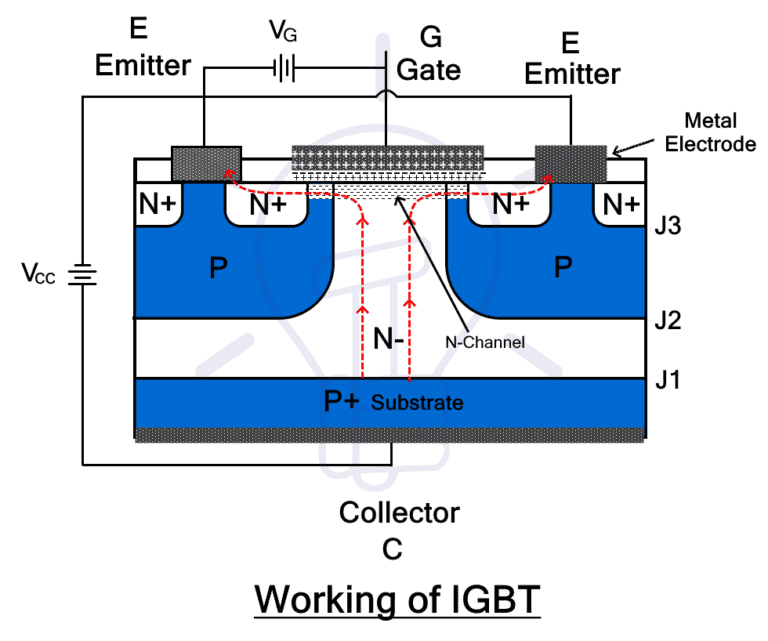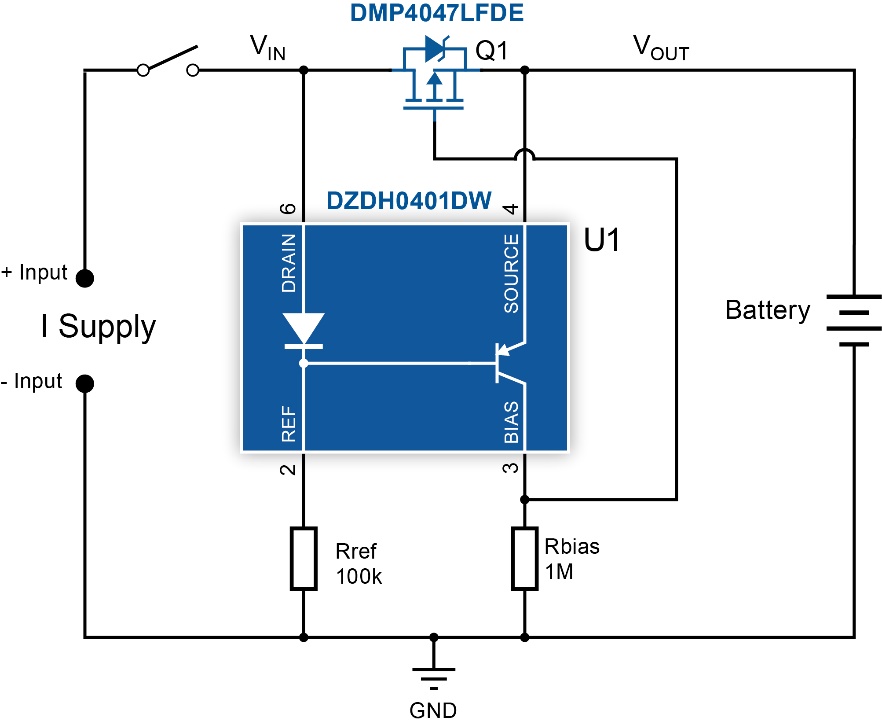It may never replace silicon—but it may open up more possibilities.
Writing in the journal Science, a team of Columbia University chemists describes a superatomic material—Re6Se8Cl2—that is the fastest and most efficient semiconductor known. What's the key to its speed? How information and calculations are performed. So when researchers say they've discovered "the world's best semiconductor material"—one that could replace silicon as the atlas of our virtual worlds—we have to pay attention.
Silicon (Si) is one of the most interesting elements in the periodic table. Silicon is found almost everywhere there are integrated circuits (ICs); without it, we would lose everything virtual in the world, as well as most of the tools we use to understand and operate in the world. Silicon is important.
Re6Se8Cl2, by contrast, is a synthetic supraatomic material: you won't find it anywhere in the wild. Superatomic simply means that the atomic element in Re6Se8Cl2 behaves like a large atom, but actually exhibits properties that are greater than the sum of its fundamental parts. Re6Se8Cl2 was made in the lab of Xavier Roy, one of the co-authors on the paper.
Silicon and we can all rest easy now, though, because we won't soon have to refer to the chips inside our computers as being made of "Re6Se8Cl2": rhenium, the first element that makes up the molecules of this new semiconductor material that's extremely common on Earth. Rare (making it expensive to manufacture on a large scale). Re6Se8Cl2 is more of a testbed for fuzzy future electronics and a Rosetta Stone of behaviors, patterns, and physics that might help get there (in this case, getting there means having to run the entire science process) process).
Re6Se8Cl2 is not unlike other scientific breakthroughs in that its discovery, “the best semiconductor we know of for energy transfer,” was purely accidental. Because the electrons move slowly, it was intended to test the team's super-resolution imaging tools; however, when it exhibited bullet-like speeds, the focus of the research (appropriately) changed.
Superatomic energy transfer (or how the tortoise beats the hare)
There are many layers to electrons and elementary particles, some of which we covered (very briefly) in our explanation of "What is a superconductor?" But a good starting point is to know that electric current is the (relatively) ordered movement of electrons - without this orderly flow, there would be no electricity. At the same time, it is these same electrons that we can attribute information states to "on" and "off".
Without electricity, there is no digital stuff. Different materials are relatively better or worse at conducting or superconducting electrons: some materials waste a greater number of electrons (as heat) as they move from one point in the material to another, and some materials can even turn electrons into pools Pertinent pairs, coordinating their motion in such a way that no energy is wasted: an aspect of superconductivity.
In silicon, particles called excitons (electrons or electron-hole pairs) are responsible for carrying current and information, and they do it well enough: We're breaking through in quantum physics and supercomputers and new Intel and AMD CPUs. After all, there are Its other useful forms. But the new material, Re6Se8Cl2, is peculiar: It allows information to be carried on the backside of a new class of quasiparticles called sonopolaritons (quasiparticles, as the name suggests, almost become particles, and their name refers to the fact that they are smaller ) than atoms). These excitonic polarons are caused by strange interactions between excitons (electrons or electron-hole pairs) and phonons (another fundamental particle produced by vibrations in the atomic structure of any material, including Re6Se8Cl2) within Re6Se8Cl2 produced.
These quasiparticles, these excitonic polarons, have another very unique property: ballistics. In Re6Se8Cl2, the information-laden acoustic excitonic polaritons propel themselves forward instead of scattering; they hit their target instead of dancing and wasting energy on "every" subatomic fragment around them.

Perhaps a good way to explain this is to imagine that electrons typically behave as if they were fired from a shotgun: the pellets scatter randomly, push in different ways, and some even manage to collide with each other while the pellets are at rest. It's like electrons, they do get there eventually...while leaving some stray particles along the way, wasting energy in the process.
Exciton polarons are more like single excitations because they follow their ejection path in a straight line. This is key to how fast they are, and something we can understand; going directly to your destination is often the fastest way to get there. In this process, exciton polarons travel through a sample of the material twice as fast as electrons typically travel through silicon (traveling through a sample of several microns in less than a nanosecond).
Interestingly, exciton polarons are better and faster at transporting energy than electrons in silicon, in part because they are actually fundamentally slower. But how is it possible that one particle that is moving slower than another is actually running faster than the other? It all depends on how the Re6Se8Cl2 excitons eject compared to their electronic counterparts in silicon. Because the exciton jets in Re6Se8Cl2 are slower, their speed is actually closer to the speed of phonons (particles produced by vibrations in the atomic structure of any material), allowing them to pair up and unlock the shortest available paths to their purpose. land. At slow enough exciton speeds, the phonons can maneuver their way into the passenger seat rather than hitting the car itself. And because exciton polarons themselves already move slower than usual, they can also avoid more common obstacles that silicon electrons can avoid. Traffic sometimes slows down and becomes faster.
Summarize
It is now expected that further engineering of the exciton polariton will enable it to last up to 11 nanoseconds. From this, the team estimated that the quasiparticles could span a distance of 25 microns at a time—apparently enough for us to extract usable calculations from it.
The researchers say the theoretical processing speed (switching speed) of systems using exciton-polaron pairs could achieve performance six orders of magnitude higher than the nanoseconds achievable with current gigahertz electronics, breaking through to the femtosecond scale. At least in the case of Re6Se8Cl2, all of this can happen at room temperature.
But we must say it again: Unless we are sitting on an undiscovered vein of rhenium (or we discover these reserves somewhere in space), Re6Se8Cl2 is not a silicon killer. But it's an important part of laying out our semiconductor future. It remains to be seen whether the lessons learned here can be transferred to other particles, superatomic or not, to help silicon keep our virtual world spinning.


